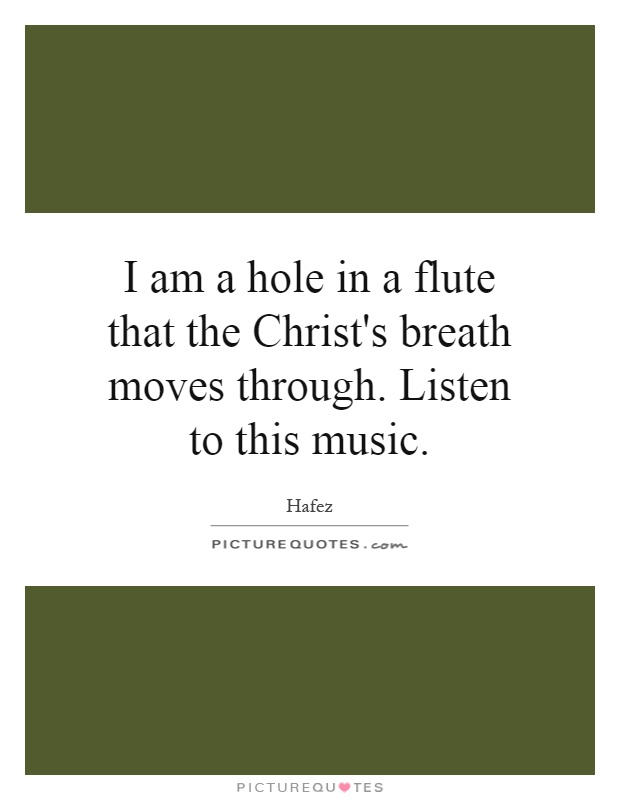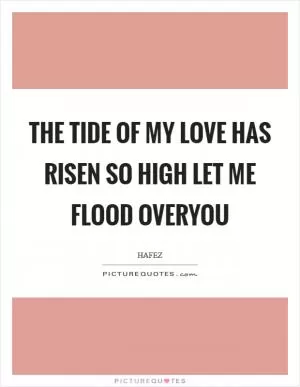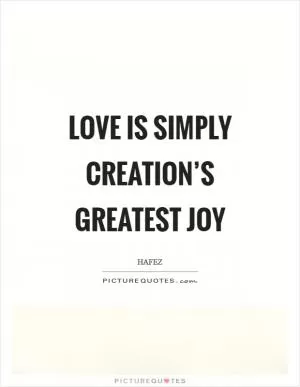I am a hole in a flute that the Christ's breath moves through. Listen to this music

I am a hole in a flute that the Christ's breath moves through. Listen to this music
Hafez, the renowned Persian poet and mystic, often used metaphors and symbols to convey profound spiritual truths in his poetry. One of the most powerful and evocative images he employed was that of the flute, a symbol of the human soul, being played by the divine breath of Christ.In the poem "I am a hole in a flute that the Christ's breath moves through. Listen to this music," Hafez invites the reader to contemplate the idea of being an instrument through which the divine can express itself. The image of the flute, with its hollow body and holes that produce beautiful music when played, serves as a metaphor for the human soul, which is empty and receptive to the divine presence.
Hafez suggests that just as a flute is useless without the breath of the musician to animate it, so too is the human soul devoid of meaning and purpose without the divine presence to guide and inspire it. By acknowledging our own emptiness and allowing ourselves to be filled with the breath of Christ, we can become vessels for the expression of divine love and beauty in the world.
The music that Hafez speaks of is not just the sound produced by the flute, but the harmony and beauty that emerges when the human soul is in tune with the divine. It is a music that transcends words and touches the deepest parts of our being, awakening us to the presence of God in our lives.
Hafez's poetry is a reminder that we are all interconnected, like the notes in a symphony, and that our individual lives are part of a larger cosmic dance orchestrated by the divine. By listening to the music that flows through us, we can attune ourselves to the rhythm of the universe and find peace and fulfillment in our connection to the divine.












 Friendship Quotes
Friendship Quotes Love Quotes
Love Quotes Life Quotes
Life Quotes Funny Quotes
Funny Quotes Motivational Quotes
Motivational Quotes Inspirational Quotes
Inspirational Quotes